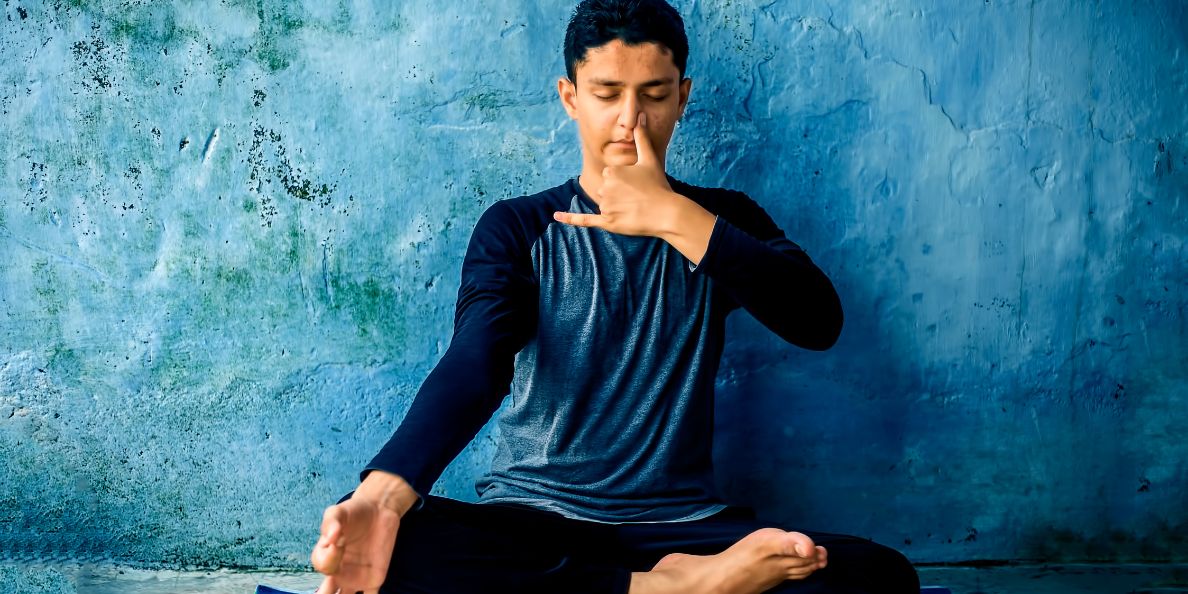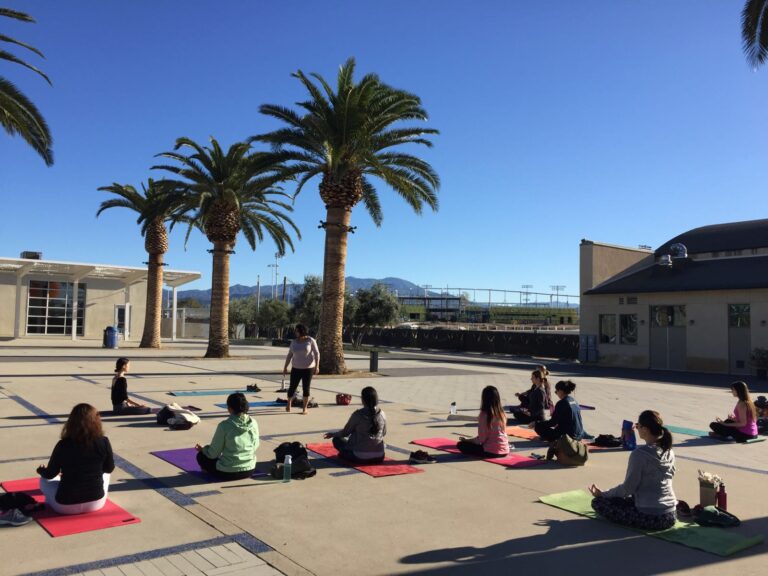Pranayama, a fundamental aspect of yoga, involves the practice of breath control to enhance physical and mental well-being. Dating back thousands of years, this ancient discipline continues to be relevant in today’s world due to its profound impact on overall health and vitality.
Define the Health Topic
Pranayama, derived from Sanskrit, translates to “extension of the life force” or “breath control.” It encompasses various breathing techniques aimed at harmonizing the body, mind, and spirit.
Join Tanvi Yoga Pranayama Classes in Irvine and enjoy 25% OFF
Explain its Relevance and Importance
In our fast-paced lives filled with stress and anxiety, pranayama offers a holistic approach to wellness. By regulating the breath, individuals can experience improved focus, relaxation, and inner peace. Moreover, research suggests that pranayama may have therapeutic effects on various health conditions, including hypertension, asthma, and depression.
Modern Adaptations
- Sama Vritti (Equal Breathing): Involves inhaling and exhaling for an equal duration, promoting relaxation and mental clarity.
- Bhramari Pranayama: Also known as the “humming bee breath,” this practice involves making a humming sound while exhaling, inducing a sense of calmness and reducing stress.
Symptoms and Signs
Benefits of Pranayama
- Stress Reduction: By activating the parasympathetic nervous system, pranayama helps alleviate stress and anxiety.
- Improved Respiratory Function: Regular practice enhances lung capacity and efficiency, aiding in conditions such as asthma and bronchitis.
- Enhanced Mental Clarity: Deep breathing techniques increase oxygen supply to the brain, improving cognitive function and concentration.
Risks and Precautions
- Hyperventilation: Overzealous practice of pranayama may lead to hyperventilation, causing dizziness or lightheadedness.
- Orthopedic Issues: Individuals with certain spinal or musculoskeletal conditions should exercise caution while performing pranayama, avoiding excessive strain on the body.
Causes and Risk Factors
Biological Factors
- Respiratory System Anatomy: The structure and function of the respiratory system influence one’s ability to engage in pranayama practices effectively.
- Autonomic Nervous System: Pranayama techniques modulate the autonomic nervous system, regulating physiological processes such as heart rate and blood pressure.
Environmental Factors
- Air Quality: Pollution and environmental toxins can impact respiratory health, affecting the efficacy of pranayama practices.
- Climate: Weather conditions, such as humidity and temperature, may influence one’s comfort level during pranayama sessions.
Lifestyle Factors
- Sedentary Lifestyle: Lack of physical activity and poor posture can compromise respiratory function, necessitating the adoption of pranayama for respiratory rehabilitation.
- Stress and Anxiety: High-stress levels contribute to shallow breathing patterns, exacerbating respiratory issues and underscoring the importance of stress management through pranayama.
Diagnosis and Tests
Self-Assessment Techniques
- Breath Awareness: Practitioners can start by observing their natural breathing patterns, noting any irregularities or areas of tension.
- Pulse Oximetry: Monitoring blood oxygen saturation levels provides insight into respiratory efficiency and may guide the selection of appropriate pranayama techniques.
Medical Evaluation
- Pulmonary Function Tests: Spirometry and other pulmonary function tests assess lung function and identify respiratory disorders warranting therapeutic interventions like pranayama.
- Cardiovascular Assessment: Evaluation of heart health and circulation helps determine the safety and suitability of pranayama practices for individuals with cardiovascular conditions.
Treatment Options
Integrative Approach
- Pranayama Techniques: Tailored breathing exercises address specific health concerns while promoting overall well-being.
- Yoga Asanas: Complementary yoga postures enhance the effectiveness of pranayama by optimizing posture and breath control.
Medical Interventions
- Medication: In conjunction with pranayama, pharmacotherapy may be prescribed to manage underlying respiratory or cardiovascular conditions.
- Physical Therapy: Rehabilitation exercises and manual techniques aid in restoring optimal respiratory function and mobility.
Preventive Measures
Lifestyle Modifications
- Regular Exercise: Engaging in physical activity improves cardiovascular health and enhances respiratory capacity, complementing the benefits of pranayama.
- Healthy Diet: Nutrient-rich foods support respiratory health, while hydration ensures optimal mucosal function and airway clearance.
Stress Management
- Mindfulness Practices: Meditation and relaxation techniques mitigate stress, fostering a conducive environment for pranayama practice.
- Social Support: Building strong social connections and seeking emotional support alleviate psychological stressors, promoting holistic well-being.
Expert Insights
- Yoga Instructor, Tanvi: “The integration of breathwork and mindful movement in yoga cultivates a profound sense of self-awareness and vitality, empowering individuals to lead healthier, more fulfilling lives.
Conclusion
In conclusion, pranayama emerges as a powerful tool for optimizing respiratory health, reducing stress, and enhancing overall well-being. By incorporating pranayama into daily life, individuals can cultivate a deeper connection with their breath, fostering vitality and inner harmony.



